If you’re looking to create a content strategy for the upcoming year, you need to plan well in advance.
The truth is, there’s a lot changing in the future of content and SEO in 2018.
A lot of the old systems we’ve gotten used to are quickly being replaced with more advanced technologies.
Those changes are set to completely revolutionize content marketing in 2018, and you need to be prepared.
Research from Heinz Marketing has shown that only 28% of marketers are confident in their ability to measure the impact of their content efforts. That’s scary.
I’ll teach you exactly what to look for so you can make sure all your content efforts in the year to come are based on what’s really important.
Let’s get started.
Strengthen your use of content marketing
The first and most important part of your content strategy for 2018 is making sure you’re off to the right start.
According to TechMagnate, content marketing is projected to reach over $313 billion in revenue generation by 2019.
You need to make sure this is an area where you invest your time and energy. The best content will rise to the top, so make sure you’re prepared to create excellent pieces.
The following techniques are what I recommend for creating a content strategy for your startup. If you make sure to include each of these elements, you can guarantee success.
Use in-house content as much as possible.
While it’s easy to outsource your content marketing efforts, you’ll struggle to create the kind of compelling pieces you need to really make an impact.
According to the Content Marketing Institute, 55% of companies have a small content marketing team that serves the entire organization.
If you don’t already have a content team for your startup, it’s time to implement this.
Make sure you have enough people at your own company invested in creating content so you can work to skyrocket your success in 2018.
Connect all content to your goals.
How many times have you asked if your content is aligning with your goals?
Hopefully, that’s something you’re working on every day. If you’re not ensuring that your content marketing is aligned with your goals, you might just be wasting your time.
Make sure all your efforts are being put toward your most important content targets.
One of the best ways to ensure that this works for you is through strong leadership dedicated to goal-driven success.
In fact, 42% of content marketing teams have experienced management changes that had a positive impact on their effectiveness.
Look to ensure that your management team is goal-driven and focused on your most important outcomes.
Tie your content to a cause.
Content marketing today is more about the “why” and less about the “what,” and that trend will only increase in 2018.
According to AdWeek, 49% of millennials will seek out brands that align with causes. This is more than any other generation.
But they’re also the most skeptical of cause marketing, with 20% believing it to be inauthentic.
As the millennial market grows, your content strategy will need to adapt as well.
Look to find a cause you can rally behind, and ensure you incorporate authenticity into your marketing by supporting the cause all the time and not just during special promotions.
Don’t be afraid to invest more money
With the boom of content marketing that’s coming in 2018, it doesn’t pay to be frugal. You shouldn’t throw money around without careful consideration, but don’t be afraid to spend.
According to research published by Express Writers, content marketing is projected to more than double in under four years.
As new types of content start taking over the stage, you need to make sure you’re ready to meet the demands of the growing market.
In order to do this, you need to spend what’s required to bring your content strategy to peak performance.
Take advantage of burgeoning media
One of the biggest changes in content in 2018 is the type that people are reading, sharing, and distributing.
To make this work for your benefit, you need to start looking at the trends that will shape the future media types.
Currently, better content creation is the #1 factor that B2B marketers attributed to their success, with 85% listing this cause.
These are the media trends that are growing the fastest. You’ll want to make sure your strategy incorporates plans for each of them.
Visual content
The days of only blogging for your content marketing efforts are quickly dying away.
Those text-only posts are being replaced with visually rich content, including illustrations, photos, and infographics.
When asked which distribution channels marketers planned to add in the next 12 months, the text-only choices stagnated, while visual content like video and images grew.
According to Shutterstock, mobile photography is a huge trend in photos. Since nearly everyone has a mobile phone, you have no excuse for ignoring visual content.
If this is a new place for you to work, consider taking pictures of your startup to build relationships and show what’s happening behind the scenes.
Live streaming
At the top of visual content is live streaming. With the introduction of live streaming on platforms like Facebook and YouTube, it’s set to make huge progress in 2018.
In 2017, 74% of internet usage was being covered by video, and Facebook Live alone is getting more than eight-billion video views per day.
If you haven’t already, create a strategy for implementing regular live-streaming video into your content strategy.
Prepare for mobile first
While years past have focused on creating mobile-ready sites, 2018 will flip that model on its head.
Instead of making desktop sites mobile-accessible, we need to create mobile sites that also work on the desktop screen.
According to Business2Community, nearly 80% of internet usage will be mobile in 2018.
This is a huge shift that will change the way content operates online.
Look to design your media to be most appealing to mobile visitors, and then look to add desktop functionality as an added bonus.
Recorded video
Recorded video is different than live video because it goes through a process of pre-production, filming, and post-production.
You need to make sure you’re creating these high-quality videos as well as live-streaming videos, which are usually more casual and of lower quality.
According to an infographic published by Business2Community, 79% of internet traffic will be video content by 2018.
This means you need to have a strategy in place to promote your startup through video. That includes the use of ads, websites, and social sharing.
As 2018 rounds the corner, you need to make sure your startup is ready to get going with video marketing.
Optimize your content for other platforms
You must take advantage of the newest types of growing media, but this can’t be your only focus.
While certain types of media are growing in popularity, 2018 might be recognized most as the year we experienced a significant shift in how people consume content.
While mobile is on the rise and constantly growing, voice-to-text is becoming a major player in 2018’s content.
In addition, we’re also going to see more and more devices coming online, and your startup needs to take those into consideration with its content strategy.
Voice search
One of the most significant changes in 2017, and a trend that will continue to grow in 2018, is the use of voice search.
According to MarketingLand, 89% of teens and 85% of adults say that voice search is the future.
If you haven’t optimized your content for this platform yet, it’s time to get started.
To do that, you’ll need to create detailed schema on your website and include snippets that are easy for devices to read out loud. I’ll cover this in a minute.
The types of content you create may also need to shift as well.
The most common use of voice search for teens and adults is asking for directions. Teens also use it for homework help and adults use it for dictating text.
By creating content that appeals to existing needs, you can repurpose your content for a whole new audience that’s not viewing your website when they search.
This shift means that voice search will make huge changes in SEO, and your search engine efforts should be focused on voice as much as text.
Internet of Things (IoT)
As more and more devices come online, the landscape of content is experiencing a gradual change away from the screen-heavy usage we’re familiar with.
Of course, screens aren’t going anywhere in 2018, but we are seeing a huge increase in the number of other devices connecting to your content online.
According to Marketo, 51% of the world’s top global marketers expect the IoT will revolutionize the marketing landscape by 2020.
As more and more marketers move into this space, you can (and should) step in and build a presence with these kinds of IoT devices.
If possible, create functionality for wearable devices, such as Apple Watch and Fitbit.
Smart speakers
In a convergence of voice search and IoT, smart speakers are going to become a big player in the content strategy of every company in 2018.
While most of the voice searches conducted today are on mobile devices like Siri (according to CleverClicks), 19% are done through Amazon’s Alexa AI.
This means a huge number of people are using smart speakers, and that figure will only grow in 2018.
Reaching people with devices like Echo and Google Home will play a big part in who succeeds with content in 2018.
According to MarketingProfs, schema is the best way to reach this changing search environment.
By including schema markup for your website content, you can ensure the content you produce is displayed correctly for voice-only devices.
Personalize as much as possible
In many ways, personalization is the sleeping giant in the world of marketing. It’s something everyone knows about but ignores, and it will come to life in 2018.
Personalization is creating unique content for different types, and in some cases, individual customers, visitors, and users.
With only 27% of marketers confident they’re creating relevant content for prospects, it’s about time personalization starting becoming common practice.
Through personalization, you can ensure that your visitors will get relevant content that makes sales and drives massive conversions.
Website content
The first and most prevalent place to personalize content is on your website.
This can be most effective with e-commerce stores that want to display different types of products to different customers, based on their unique interests and buying habits.
To make this work for you, you should look to see where you’re getting most of your traffic and discover ways to explore your customer’s needs, as well as their viewing and purchase history.
The mobile commerce sector is one of the biggest opportunities for 2018, and you need to make sure you’re personalizing your content for this growing market.
According to research by Invesp, the mobile commerce market is expected to hit over $130 billion in 2018.
Personalized content here will make a huge difference in your revenue and ROI as you plan out your strategy.
Emails
Email is the easiest way to personalize, but it can also be the most overlooked.
To make sure your email is being targeted correctly, you’ll want to include references not only to the subscriber’s name but also to his or her history and contact with you as well.
As you work to promote your content and build a relationship with the prospect, use personalization for exponential improvement.
Email is a huge tool for most marketers, and it’s only expected to grow. By 2019, there are expected to be 246-billion emails sent and received every day.
With email being one of the easiest ways to make personalization work for you, it’s a great place to start.
Marketing channels
If you haven’t started reaching customers and clients on different marketing channels, now is the time to begin.
You should personalize the messages you send to those prospects based on which channels they prefer.
Since only 23% of marketers are confident about their organization’s ability to reach an audience with their content, this should be a top priority.
By personalizing which channels you use to promote your content, you can easily create more effective marketing.
Use it to reach and build relationships with the most important demographics that will help your startup grow.
Focus on distribution
According to research published by Strategic Internet Consulting, 47% of marketers say that content distribution and application is their third priority moving forward.
This means you need to make sure you have a strategy in place not only for producing amazing content but also for getting it to your target audience.
A trend in 2018 involves different distribution channels: they’re blending together, with paid, owned, and earned channels converging.
Apparent “earned” channels like social media are growing in their paid elements, and “owned” channels like blogs are requiring you to “earn” traffic like never before.
The difference in each can be seen by this image from Titan SEO. You can also see the similarities in each channel as the lines blur.
To begin, you need to look at the channels you use to distribute content.
Once you have a clear understanding of this, you can look to improve in each of the channels where you have a presence.
Paid
Paid channels are areas where you can pay to get traffic and increased visibility and sales.
As you develop your content strategy for 2018, look to create a strong presence on these paid media channels.
If possible, dedicate your money to places where your paid promotion will result in an increase in free promotion later on.
Promoting your email list, for example, gives you the opportunity to contact people again, using an owned channel.
Social promotion can also work to build more attention for your company on social media, which can improve your interactions with users in the future.
It’s no surprise that social is the #1 choice of B2B marketers in paid promotion.
You can implement the top channels yourself by looking to see what’s working best. Look to expand your reach on other platforms by using paid methods.
Earned
The most difficult channel to master is earned media.
This is a channel where you have little to no control over the exposure you get, and the results stem almost exclusively from the impression others have of your startup.
Despite the difficulties, however, this is one of the most popular channels for marketers looking to expand.
Of those surveyed, 45% say they’re planning to increase their social media posts in the future.
Since the goal with social media is to build relationships through trust and authenticity, what techniques will work best in 2018?
The growth of visual content has brought a new answer to the forefront. One of the best ways to show authority and present your message is through the use of daily photo stories.
These “everyday life” photos present a picture of what’s happening behind the scenes at your startup.
This gives you the ability to develop relationships and make the best use of the earned channel of social media, while still being able to leverage it in the future.
Owned
You need to focus most of your content on owned channels, like your website and email list.
While you can expand this using paid and earned channels, your goal should be to get your most valuable clients and customers from a paid or earned channel onto one you own.
Look to boost your content quality and expand the type of content you produce to build your owned channels.
It’s also key in 2018 to continue to build your email list. This is a medium that will not be going anywhere for a while.
Venture into new media
Of course, no guide on content in 2018 would be complete without covering the new media types that are surfacing.
While you should certainly experiment with these new formats, make sure you spend plenty of time on other types of media.
Focus on rising formats — like photos, videos, and mobile experiences — and you will be more likely to succeed than if you were betting on brand-new formats.
These other strategies may be riskier, but they might contribute to your biggest successes.
It’s worth experimenting with the future of content marketing while you still have the ability to be first in line.
Virtual reality
The first and most obvious new format to make the news is virtual reality.
With major players like Google and Facebook spending billions of dollars in investment on this technology, it’s guaranteed to play a big role in the content that publishes in 2018.
By some estimates, virtual reality has the potential to generate revenue of up to $5.2 billion by 2018, so it’s something you should plan for.
The details on this format are difficult to predict, but expect companies to start adapting their own content to virtual reality first, then creating VR-focused content afterward.
It’s also possible that e-commerce stores will begin allowing you to try on clothes and look at products with virtual reality. It’ll be a game changer for content in the months to come.
Artificial intelligence (AI) and bots
You’re already familiar with some AI and bots, and they’re here to stay.
The truth is that companies like the Associated Press are already using machines to write some of their content, and that’s a trend we’ll only see growing in 2018.
Some shocking research from What’s the Big Data indicates that 62% of organizations will be using AI technologies by 2018, and this carries over into content as well.
The easiest way to start using artificial intelligence in your business is through the use of bots. Facebook has already experimented with bots for its Messenger program.
You can use platforms like this to create interactive, rich experiences with your content.
No matter what content strategy you decide for your startup, you need to know about artificial intelligence and the impact it will have on marketing in 2018.
Augmented reality
At its core, augmented reality is a way to display custom information on a screen, overlaid with what’s actually there.
With the massive popularity of Pokemon Go still fresh in everyone’s memory, augmented reality is here to stay.
In fact, 53% of marketers are optimistic about the future of augmented reality.
Look to find new ways to incorporate this technology.
While you may not have the ability to create something as viral as Pokemon Go, work to develop a strategy for your startup to tap into virtual reality.
As 2018 comes, there will be more platforms that will likely allow you to use their technology to create your own augmented reality experiences.
Begin thinking now about the kinds of experiences that could work for your startup.
Conclusion
As you plan your startup’s content strategy for 2018, you should be as prepared as possible.
By carefully looking at what’s making the biggest waves in the content industry today, you can effectively prepare so you can see massive results.
The good news is that content works. When surveyed, most marketers in the B2B space said their strategy was more effective than last year.
But this doesn’t come easily. You need to plan and prepare to make sure you have the same success with your content.
To start with, you need to strengthen your use of content marketing. It’s only set to grow, and you need to make sure your budget and team can meet the burgeoning demand.
You should also look at the growing platforms that are projected to dominate 2018.
Make sure you’re taking advantage of visual content, live streaming, produced video, and a massive surge in mobile traffic.
By preparing these now, you’ll be at the forefront when these changes become mainstream.
Be prepared for new ways people will be accessing your content. Look to create content that works for voice search, IoT, and smart speakers.
Personalization will be huge in 2018. Work now to create content that will change dynamically with the user and provide an amazing experience.
Spend a lot of time making sure you’re distributing your content on the right platforms. Shore up your paid, owned, and earned media channels now, as well as your social presence.
Finally, consider venturing into new media.
While not every company will be able to pull off content using virtual reality, AI, bots, and augmented reality, those who do will quickly become the leaders as these media grow.
How will you position your startup’s content strategy in 2018?

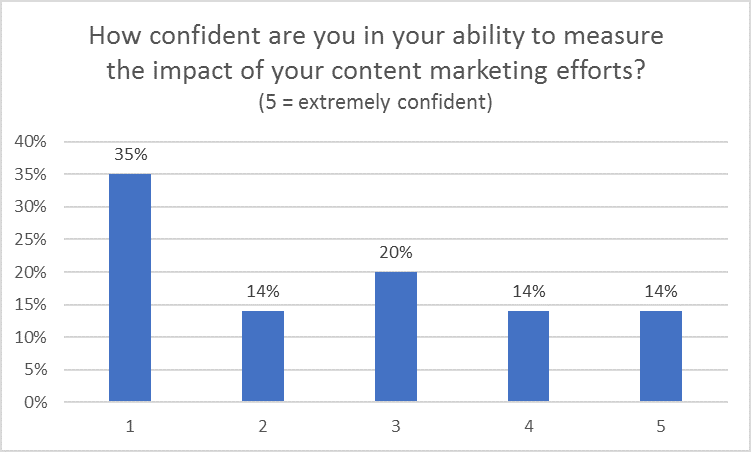
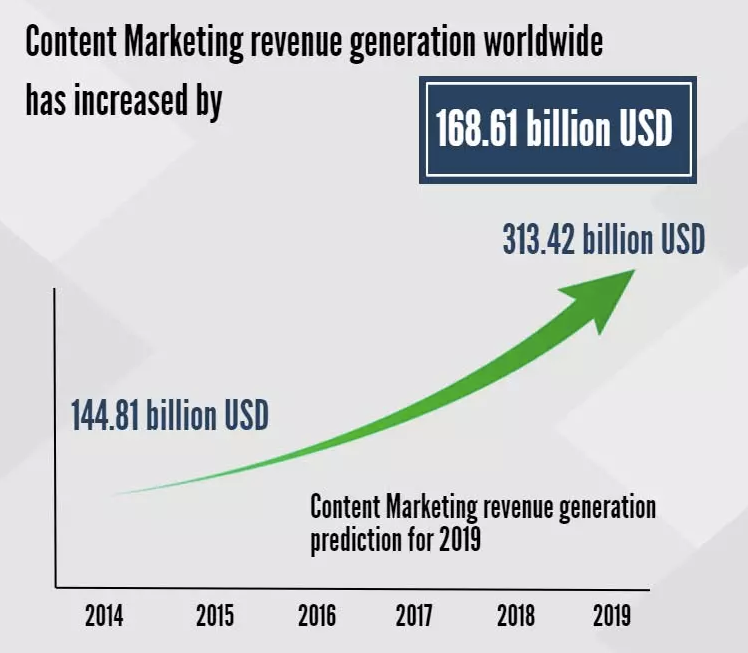
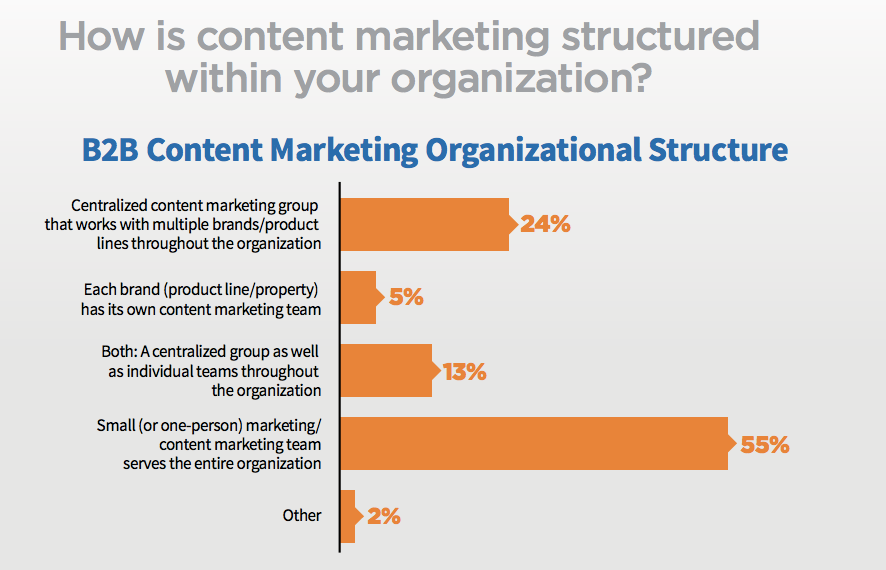
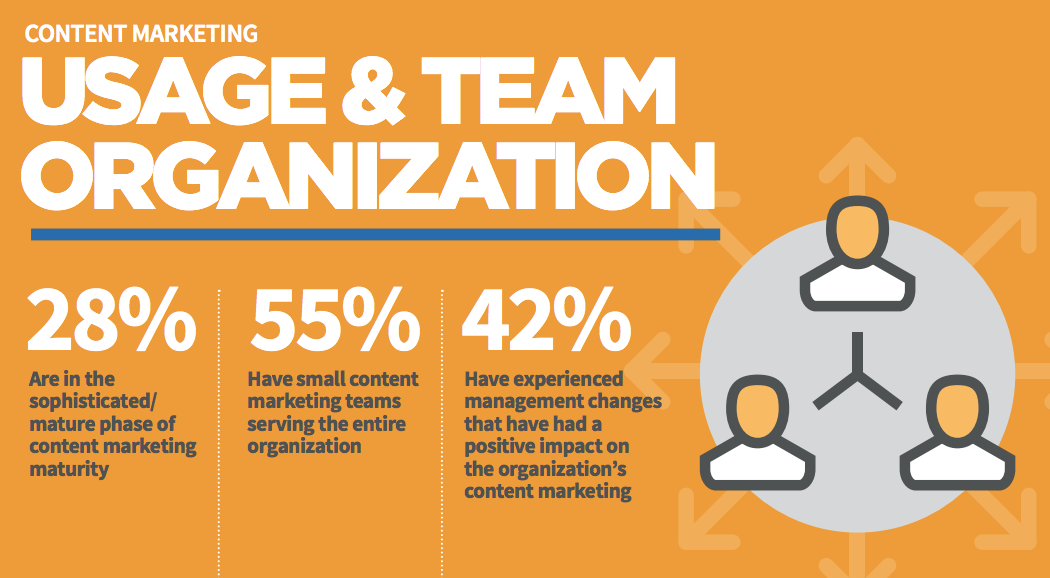
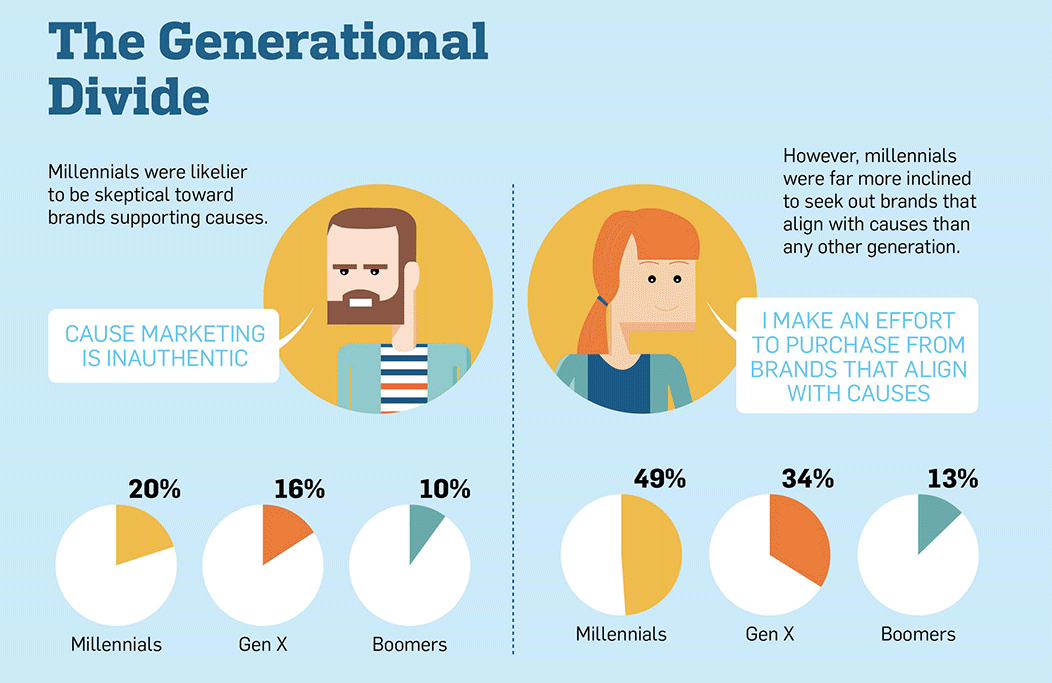

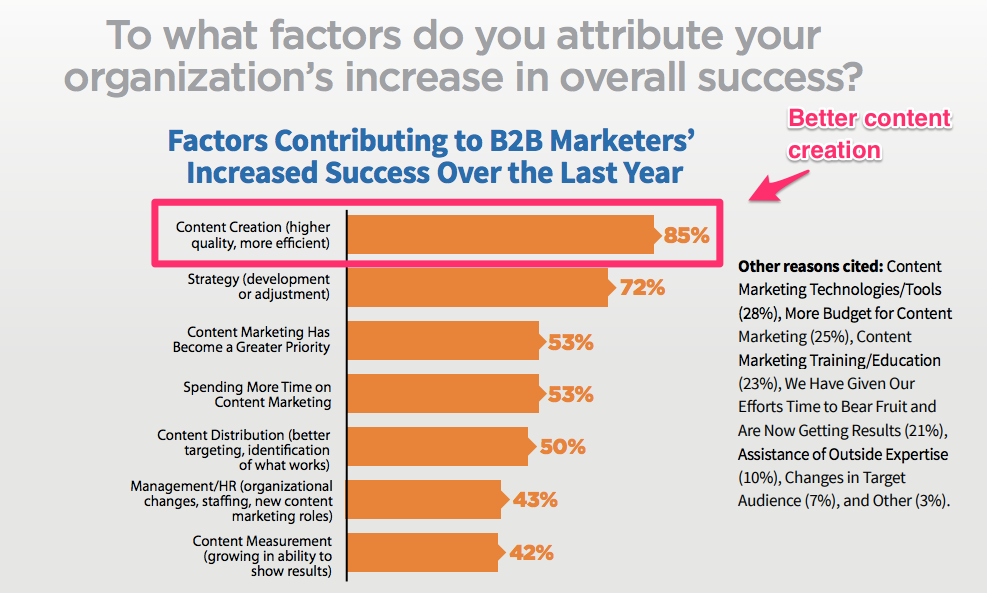
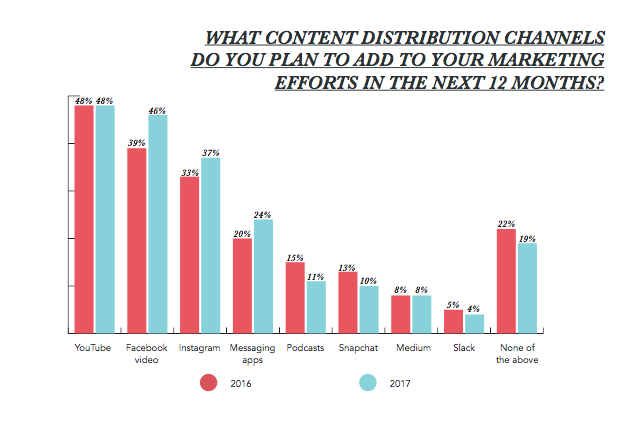

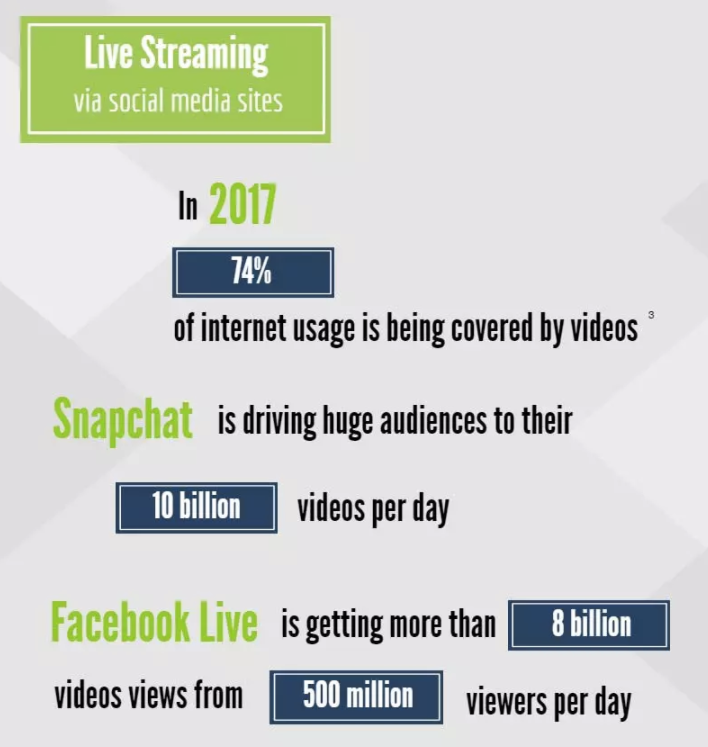
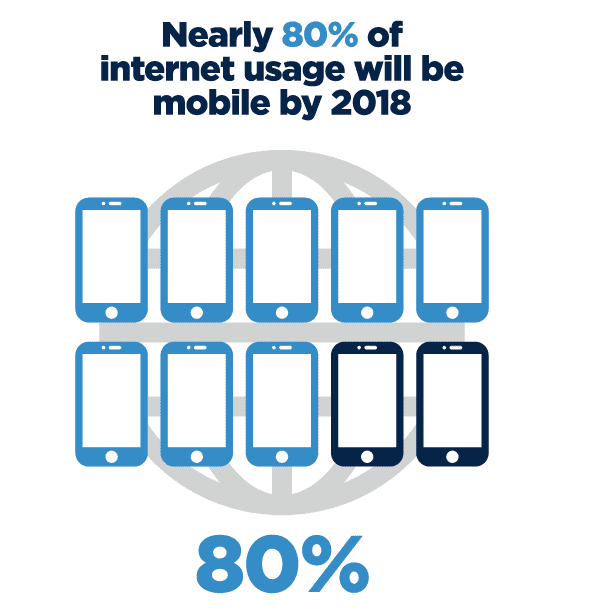
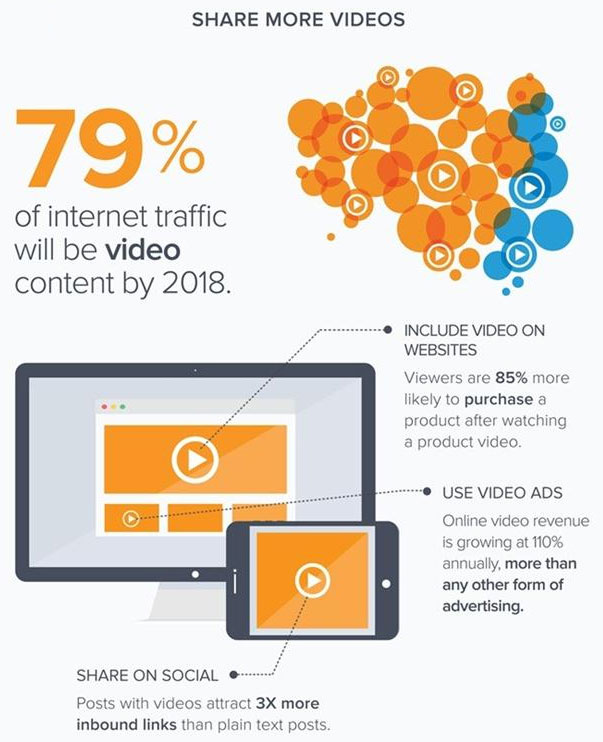
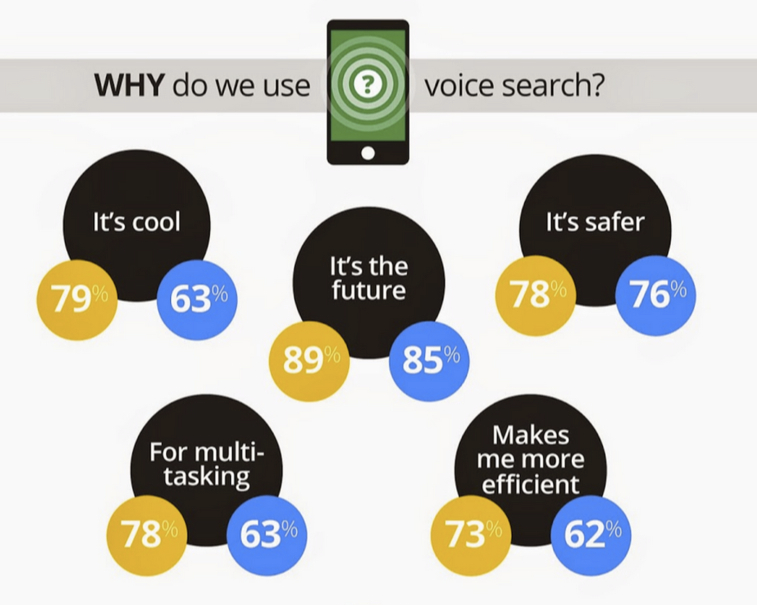
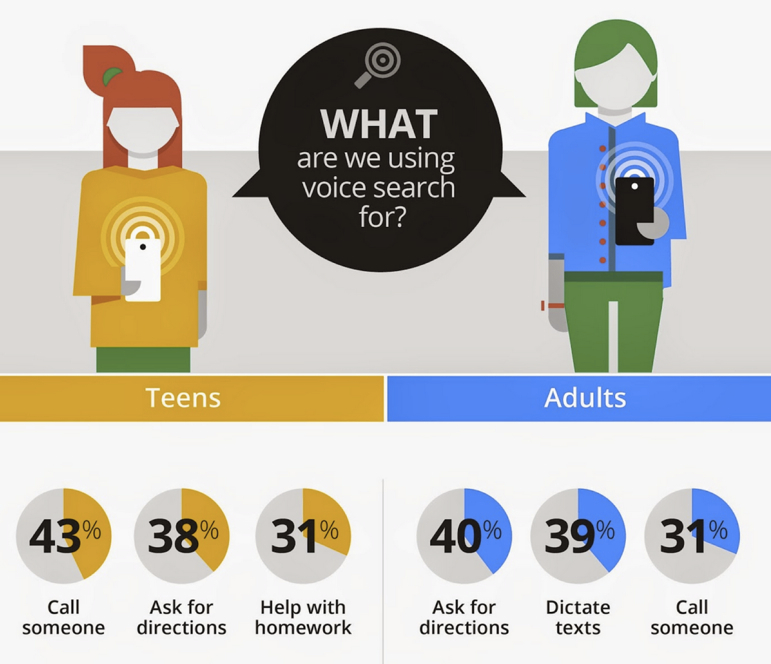

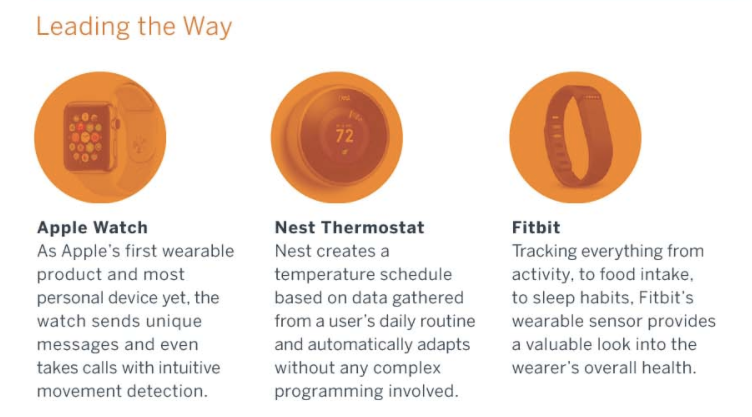

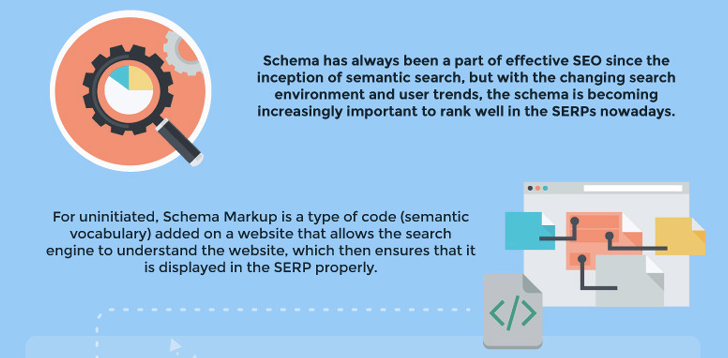

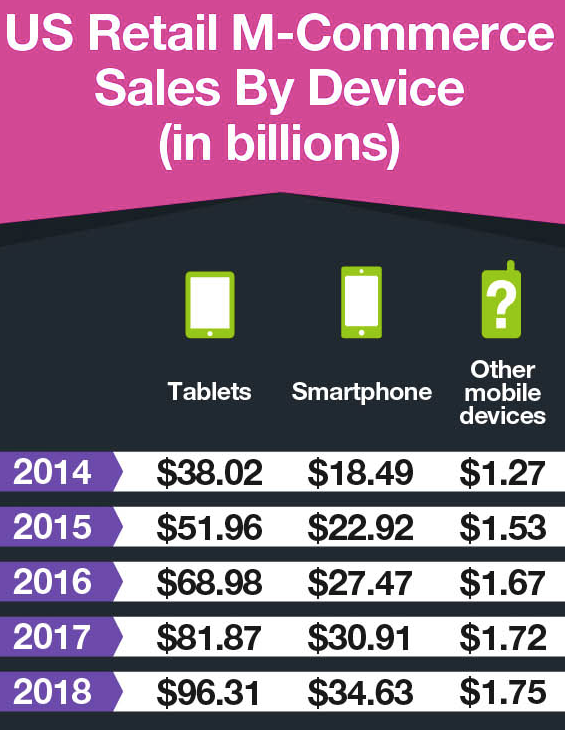
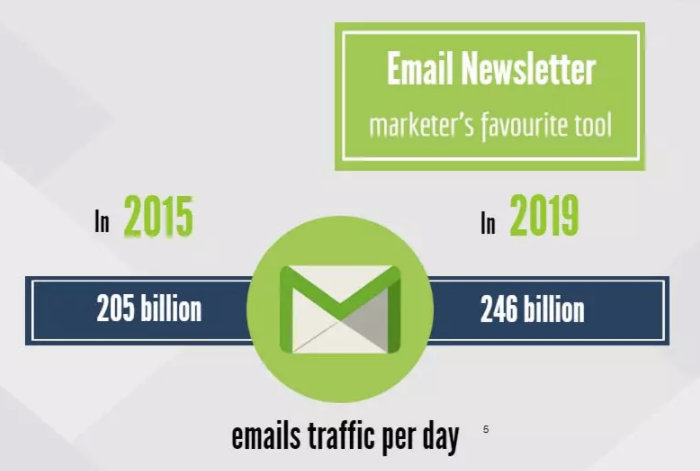
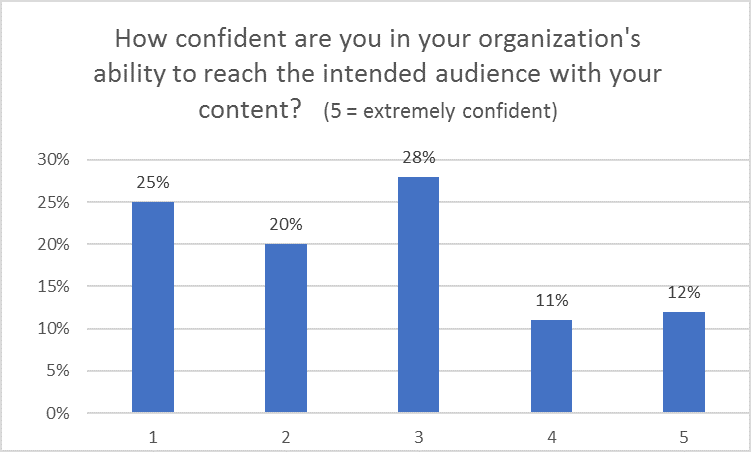
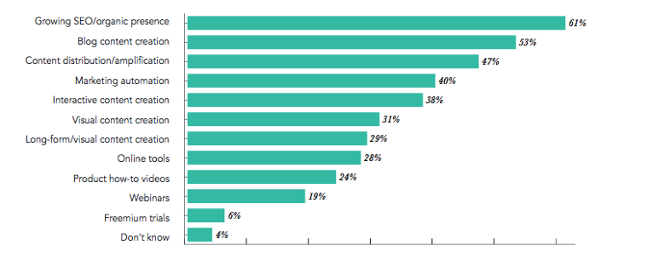

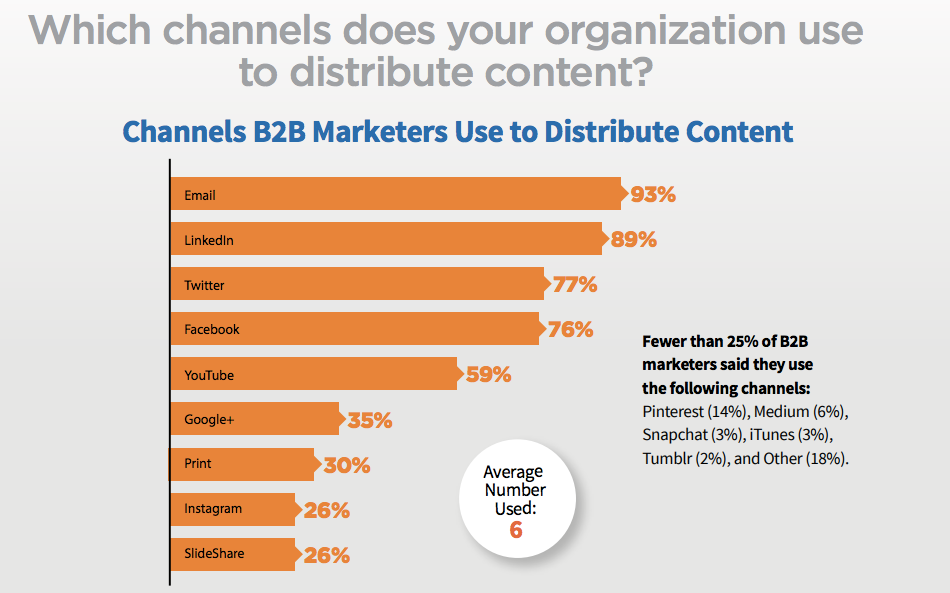

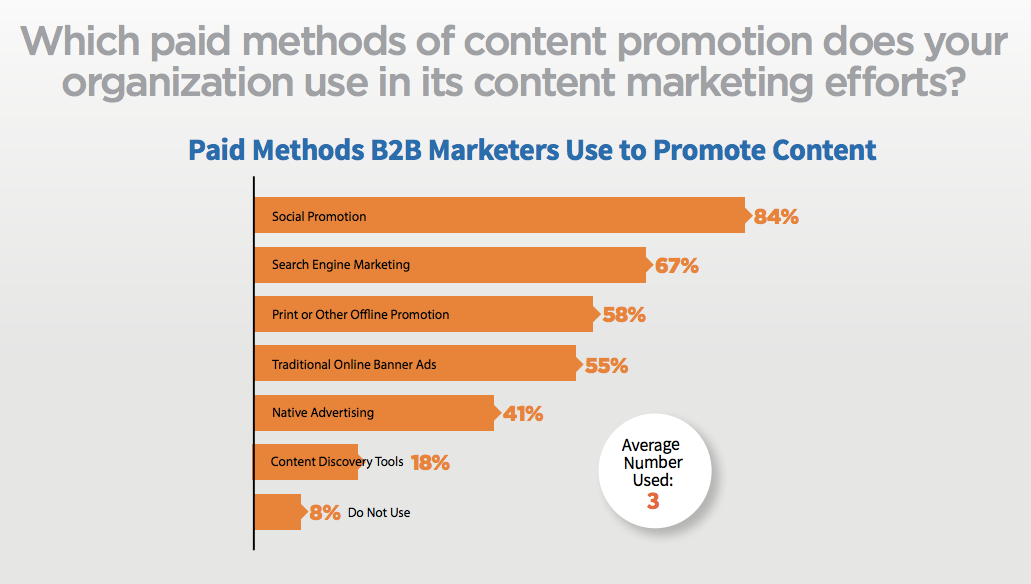

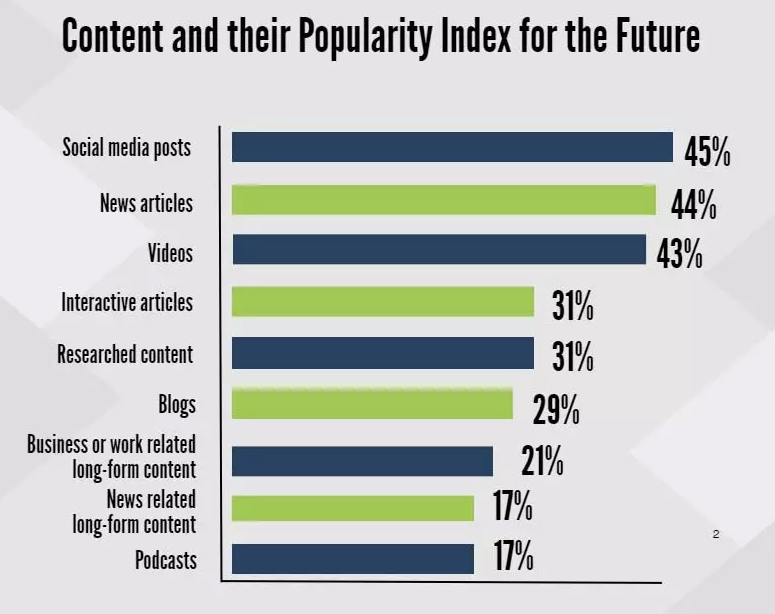


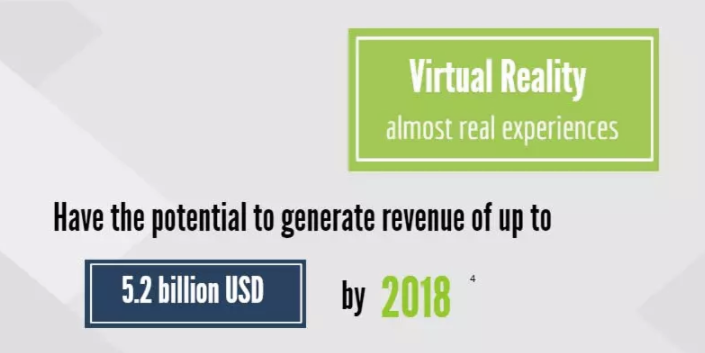
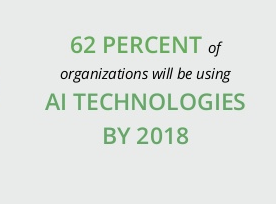
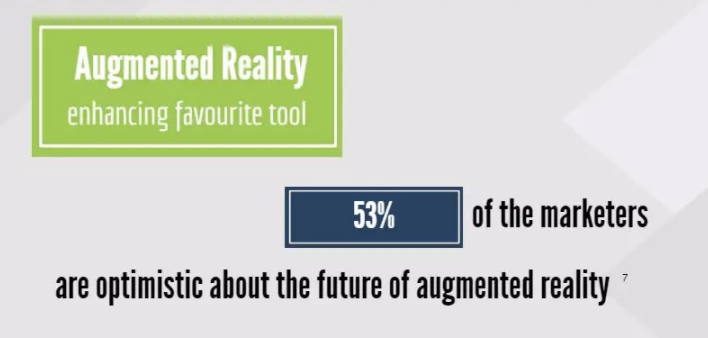
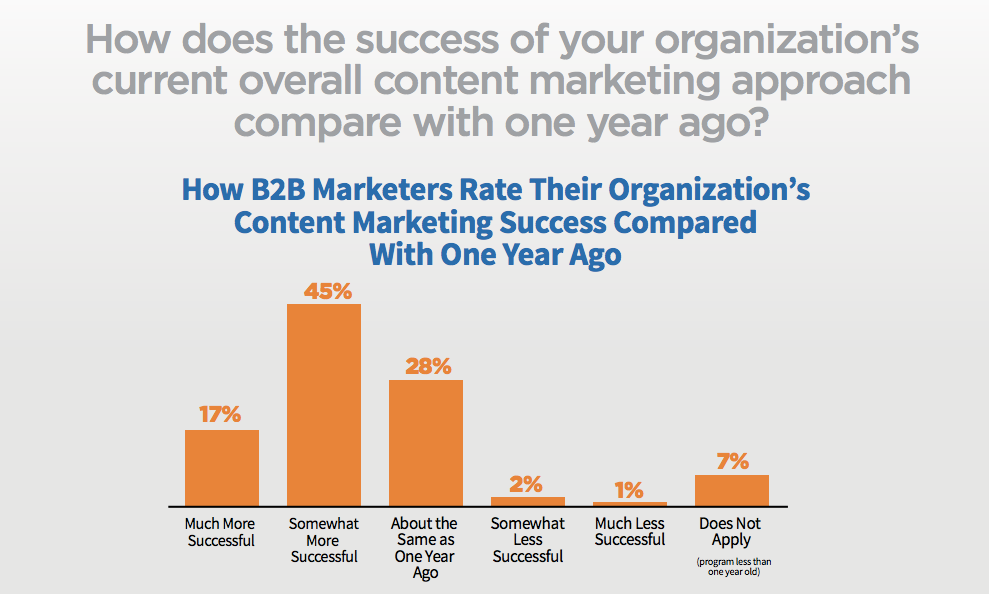
Comments (40)